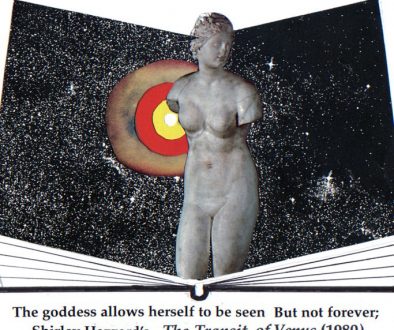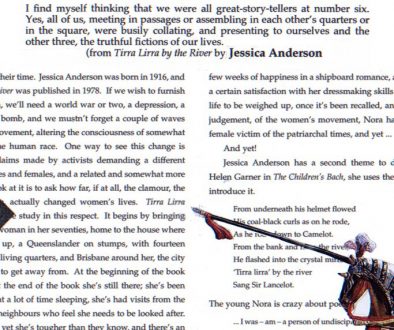14. Tomorrow and Tomorrow: Sydney burns, and a future is revealed

14. Tomorrow and Tomorrow: Sydney burns, and a future is revealed
What can we make of a long-disregarded novel?
Tomorrow and Tomorrow: Sydney burns, and a future is revealed
The authors first, and then the title. Marjorie Barnard and Flora Eldershaw were both born in 1897, and met at Sydney University. Both had ambitions to be a writer and they formed a partnership, producing a number of books under the name of M. Barnard Eldershaw. The first of these collaborations was A House is Built, published in England in 1929, after sharing the 1928 Bulletin prize with Coonardoo. The novel considered here was the last to appear under their joint name; it first came out as Tomorrow and Tomorrow in an edition published by Georgian House, Melbourne, in 1947, to reappear as a Virago Modern Classic published by The Dial Press, Doubleday & Co, New York, in 1984. This later edition restored a number of cuts enforced by the wartime censor, though why the publishers accepted cuts to a book appearing two years after the end of the war, I cannot say. I have some queries about this book but I’ll leave them till later. At this stage I’ll mention only that the 1984 edition restores the original name Tomorrow and Tomorrow and Tomorrow, telling us that Macbeth’s words were abbreviated in 1947 without the writers’ permission. It’s my view that the shorter version is the better book title, but must defer to Marjorie Barnard’s wishes on this matter.
What is the book about, what are the forces running through it, where do the authors sit in relation to the turbulent events narrated, and why have they constructed such an elaborate framework for themselves and their readers? Finally, if we think, as I do, that the book is an important contribution to our nation’s literature, how do we approach it in order to work out what it leaves us with when, somewhat overwhelmed, we put it down?
That should keep us busy for a while, dear reader, so let us begin. The shape, I think, comes first, for it is an odd one.
It is a book within a book. [read more]
Introduction:
In 1981 Patrick White published an autobiographical book called Flaws in the Glass; the Melbourne Age commissioned two reviews, one of them from Hal Porter, who said, among many things unflattering to ‘Mr White’:
Writers of my sort can be said not so much to read as to examine another writer’s work rather as one car freak examines the vehicle and driving of another car freak. One says, “Splendid vehicle! Superb driving!” Or, “Nice vehicle! Ghastly driving!” Or, “Can’t stand that kind of cumbersomely pretentious vehicle! And what bewildering and erratic driving!”
Hal confesses that the third attitude is his to the novels and plays of ‘Mr White’. I will say no more at this point about Mr White or Mr Porter, but I quote this comparison of writer and car freak because in the essays that follow I am the freak who comments on others of his kind. I know I can’t see my essays as others will see them but I imagine some readers accusing me of many things, and others, well trained, perhaps, in one or another school of literary or social criticism, who will think my observations no more than shallow or ignorant. To such people I can only say that these essays offer whatever it is that a fellow-writer can offer, and don’t pretend to offer anything else.



